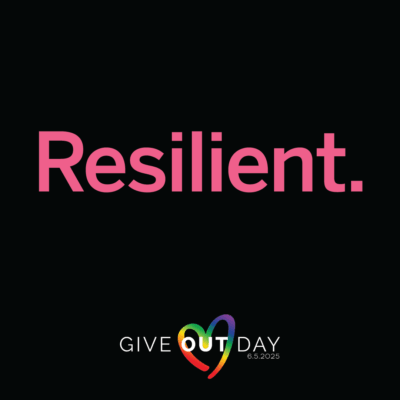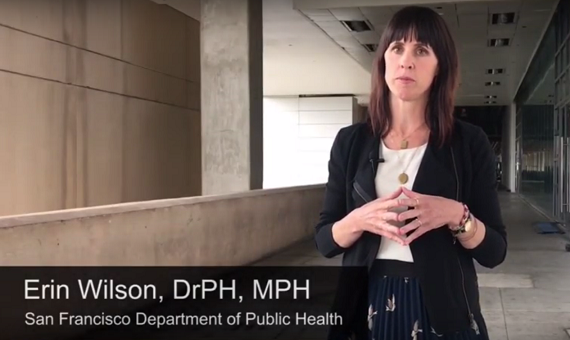Data on HIV incidence among trans women in San Francisco
At IAS 2019, Erin Wilson, DrPH, MPH presented new data on HIV incidence among trans women in San Francisco collected as part of the Trans*National study. Incidence rates for young trans women were particularly high, and all seroconversions that occurred in the study were among trans women of color.
From 2016 to 2019, eight of the 412 trans women included in the study seroconverted, for an overall incidence rate of 1.4 per 100 person-years. Five of the eight seroconversions were among Latinas, and young women age 18 – 24 had the highest incidence rate (3.88) of any age group. In San Francisco, the prevalence of HIV in trans women has hovered around 30 – 35% since 1997.
“San Francisco is a small city with a lot of services for trans folks,” said Wilson. “This substantial transmission continues despite unparalleled access to gender-affirming medical procedures and social services.”
Wilson and colleagues looked at the use of gender-affirming services by participants to see if there was any relationship between use of these services and reduced substance use and mental health distress—both factors that may influence HIV risk.
Although use of gender-affirming services was high—the majority of people had accessed services such as hormones, hair removal, implants or surgery—there seemed to be no protective effect of accessing gender-affirming services on mental health or substance use.
A large percentage of women in the study were affected by depression, PTSD and anxiety. About 35% of people reported symptoms of severe psychological distress. Nearly half of participants reporting binge drinking, 17% reporting meth use, 17% using club drugs and smaller percentages using crack, heroin and other drugs.
Gender-affirming services, and access to health care are not sufficient for reducing HIV risk among trans women, said Wilson.
When asked to pick one thing that they would change for trans women in the Bay Area, women in the study said an end to stigma and discrimination, acceptance and housing—in that order. Nearly 40% of women in the study were unstably housed, and almost 70% lived below the poverty line.
“We see these huge structural factors in a city with a ton of HIV prevention and a lot of services for trans folks,” said Wilson. “The final frontier for addressing HIV risk and care needs of trans women will require addressing big structural factors like stigma, discrimination, violence and housing in health care and society.”
Sources:
Wilson, E. and colleagues. Persistently high HIV incidence among trans women, San Francisco. IAS 2019. Program number LBPEC22.
Wilson, E. and colleagues. Beyond gender affirmation care: Addressing root causes of HIV risk and disease among transgender women in the Trans*national cohort. IAS 2019, Abstract MOBS0104.











